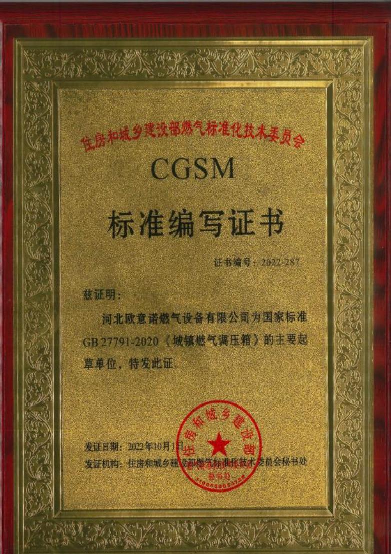
Nov . 08, 2024 15:15
Back to list
pneumatic control valve
Understanding Pneumatic Control Valves An Essential Component in Automation
Pneumatic control valves are crucial devices in various industrial automation systems, serving as the brain behind the control of air pressure and flow in pneumatic machinery. These valves operate based on the principles of mechanics, utilizing compressed air to perform tasks such as opening, closing, or regulating the flow of air or gas within a system. This article explores the functionality, types, applications, and benefits of pneumatic control valves in modern industries.
Functionality of Pneumatic Control Valves
Pneumatic control valves operate by employing a combination of mechanical and electrical principles. When an operator sends an electrical signal or a pneumatic signal to the valve, the valve adjusts its position to control the flow of air or gas. This action can result in various outcomes, including the activation of actuators, controlling the speed of motorized devices, and regulating the pressure within a system.
One of the primary advantages of pneumatic control valves is their speed and responsiveness. Because they are designed to handle compressed air, they can operate more quickly compared to electric or hydraulic systems. Additionally, they are relatively simple and can handle high operational pressures, making them ideal for tasks that require rapid cycling.
Types of Pneumatic Control Valves
There are several types of pneumatic control valves, each designed for specific applications in industrial settings
1. Directional Control Valves These valves manage the path of airflow in a system. They can direct the air to various actuators, controlling their movement and operations.
2. Pressure Control Valves These valves regulate the pressure within a pneumatic system. By adjusting the pressure, they help protect components within the system from damage caused by excessive pressure.
3. Flow Control Valves These valves are used to regulate the flow rate of air or gas. They can provide precise control over the speed of actuators and other devices, allowing for improved process efficiency.
4. Solenoid Valves These are electrically operated valves that use an electromagnetic coil to control the operation. Solenoid valves are widely used due to their ability to manage a range of pressures and flows with high precision.
pneumatic control valve

Applications in Various Industries
Pneumatic control valves find applications across a multitude of industries. In manufacturing, they are utilized in automated assembly lines, controlling the operation of pneumatic cylinders that move products along the production process. In the automotive sector, these valves assist in testing and ensuring proper air pressure in tires and other components.
Moreover, in the food and beverage industry, pneumatic control valves ensure hygienic handling and processing of materials, as they can operate without contaminating the products. In healthcare, they play vital roles in medical devices, ensuring precise delivery of gases like oxygen to patients.
Benefits of Using Pneumatic Control Valves
The adoption of pneumatic control valves in various sectors comes with several advantages
- Efficiency Pneumatic systems tend to be more energy-efficient compared to their hydraulic and electric counterparts, leading to lower operational costs.
- Reliability Pneumatic systems are known for their simplicity and robustness, often leading to lower maintenance needs and increased uptime.
- Safety Pneumatic control valves can operate in volatile environments where electric systems may pose risks, making them suitable for a range of hazardous applications.
- Scalability As businesses grow, pneumatic systems can be easily scaled up or modified to accommodate increased production demands.
In conclusion, pneumatic control valves are integral components in automation, offering speed, reliability, and efficiency across various industries. Understanding their functionality, types, and applications can help businesses harness the full potential of pneumatic technology in their operations. As industries continue to evolve, the importance of these valves will only increase, paving the way for innovation and enhanced productivity.
Next:
Latest news
-
Safety Valve Spring-Loaded Design Overpressure ProtectionNewsJul.25,2025
-
Precision Voltage Regulator AC5 Accuracy Grade PerformanceNewsJul.25,2025
-
Natural Gas Pressure Regulating Skid Industrial Pipeline ApplicationsNewsJul.25,2025
-
Natural Gas Filter Stainless Steel Mesh Element DesignNewsJul.25,2025
-
Gas Pressure Regulator Valve Direct-Acting Spring-Loaded DesignNewsJul.25,2025
-
Decompression Equipment Multi-Stage Heat Exchange System DesignNewsJul.25,2025

